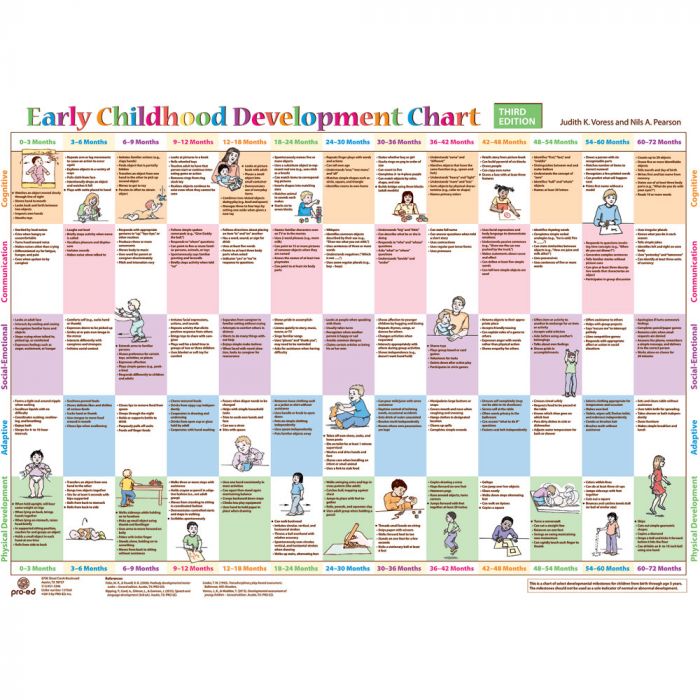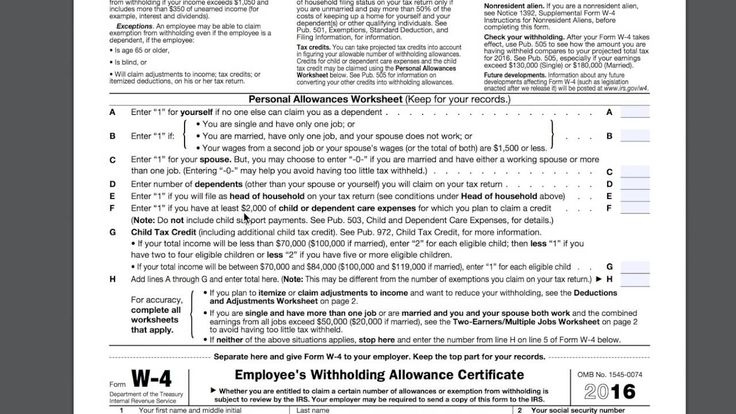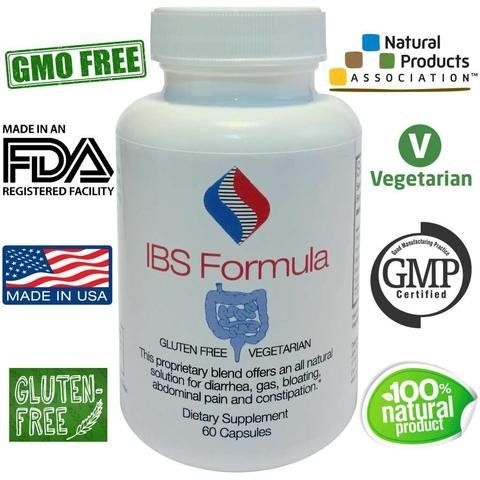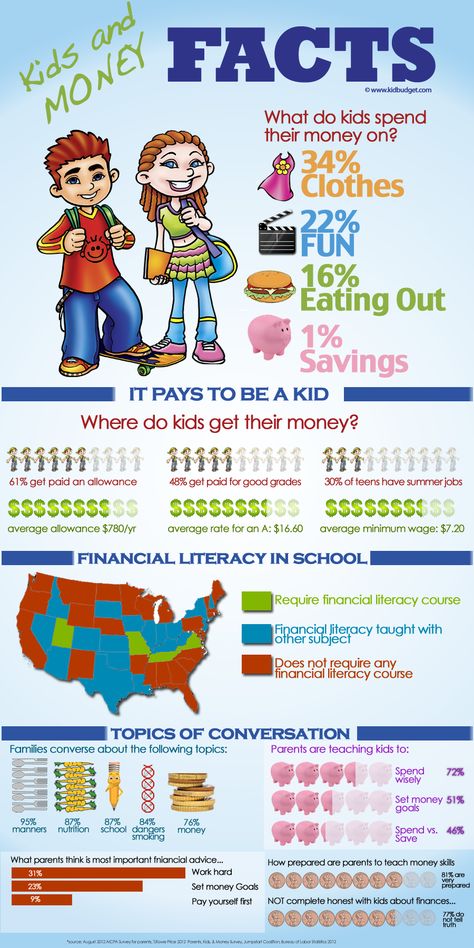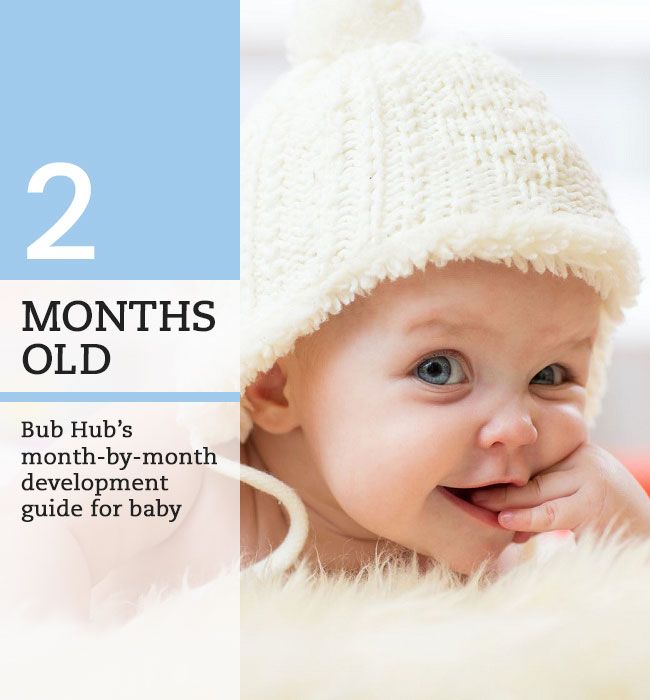16 month old milestones development
16-Month-Old Development Milestones: Toddler Month by Month
16-Month-Old
Your 16-month-old is probably in a state of constant motion, playing, kicking, walking, climbing—maybe even running. If you have a climber, it’s time to triple-check the childproofing throughout your home. It’s also a good idea to keep a rug or carpet beneath the crib in case of jailbreaks.
In this article:
16-month-old development
16-month-old health
16-month-old food
16-month-old sleep
Activities for a 16-month-old
16-month-old baby checklist and tips
16-Month-Old Development
While your 16-month-old is keeping you on your toes, they continue to grow and make developmental leaps and bounds.
16-month-old weight and height
How much should a 16-month-old weigh and measure? According to the World Health organization, the median weight of a 16-month-old is 21.6 pounds for girls and 23.2 pounds for boys. The median height is 30. 9 inches for girls and 31.6 inches for boys.
16-month-old milestones
- Walking. Most 16-month-olds are walking well, which is the lead-up to next steps: climbing, running, walking backward and dancing to music.
- Speech. About half of toddlers at this age are saying at least three words, and some especially chatty tots are uttering 15 words or more.
- Teething. As early as 16 months, your child’s cuspids or canines—the third bottom tooth from the front—may begin to erupt.
- Potty Training. You can continue to "talk up" the potty and what people do there—but no pressure to potty train just yet. Your tot may start to notice it or even ask to sit on a potty chair. But it's okay if they’re not really interested just yet. One medical study suggests beginning between 27 and 32 months is ideal.
What should a 16-month-old be able to do?
When it comes to 16-month-old milestones, you’ll notice that your child is a little mover and shaker and has become your little shadow.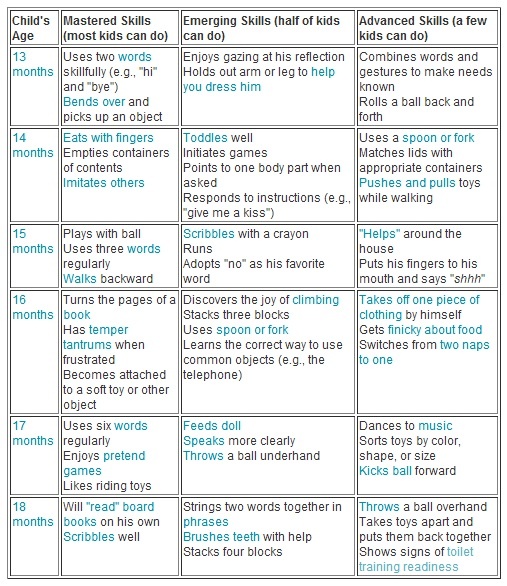 Now that they can move around, they’ll be wanting to participate in everything you do, from cooking to working to going to the bathroom. You’ll start to see a new confidence emerge in your little one, which can be both exciting and unnerving. Expect some chattering (whether you can understand it or not) and lots of intentful observing and listening—so be careful what you do and say around your mini copycat!
Now that they can move around, they’ll be wanting to participate in everything you do, from cooking to working to going to the bathroom. You’ll start to see a new confidence emerge in your little one, which can be both exciting and unnerving. Expect some chattering (whether you can understand it or not) and lots of intentful observing and listening—so be careful what you do and say around your mini copycat!
16-Month-Old Behavior
Your 16-month-old may be exhibiting some challenging and boundary-pushing behaviors. Tap below for advice on dealing with:
How can you discipline a 16-month-old?
At this age, your 16-month-old still doesn’t always understand what is and isn’t acceptable behavior. Your best bet is to set a good example and reward positive behavior. While tantrums are one of the 16-month-old milestones you’d probably rather skip, they are par for the course. Try to redirect behavior and use clear and concise words to get your point across, like “no hitting” and “stop throwing.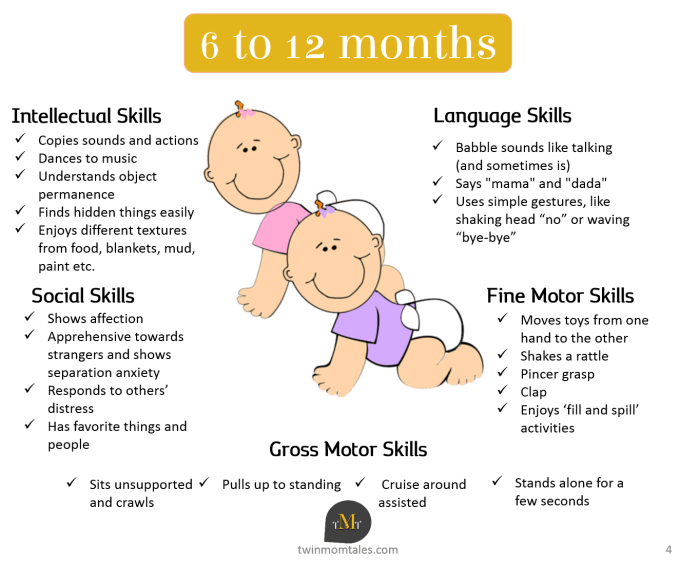 ” Your 16-month-old may start to realize that their behavior impacts others, so they may try to comfort someone they’ve just hurt. Encourage this empathy.
” Your 16-month-old may start to realize that their behavior impacts others, so they may try to comfort someone they’ve just hurt. Encourage this empathy.
16-Month-Old Health
Toddlers are constantly exposed to germs—and it doesn't help that their food and drink preference can lead to some digestive problems. Common health questions at 16 months are:
16-Month-Old Food
Your little one eats lots of different foods now, but it’s normal to still stress about whether they’re getting a balanced diet.
How much should my 16-month-old eat and drink?
Your 16-month-old should be eating three meals and two snacks per day. Doctors say most toddlers need approximately 1,000 calories per day—give or take—or about 40 calories for each inch of their height. If your child devours their food one day and barely touches it the next, that's totally normal. In fact, toddlers are excellent judges of just how much they should be eating. And remember: a serving of food for them is only about one-fourth the size of an adult portion.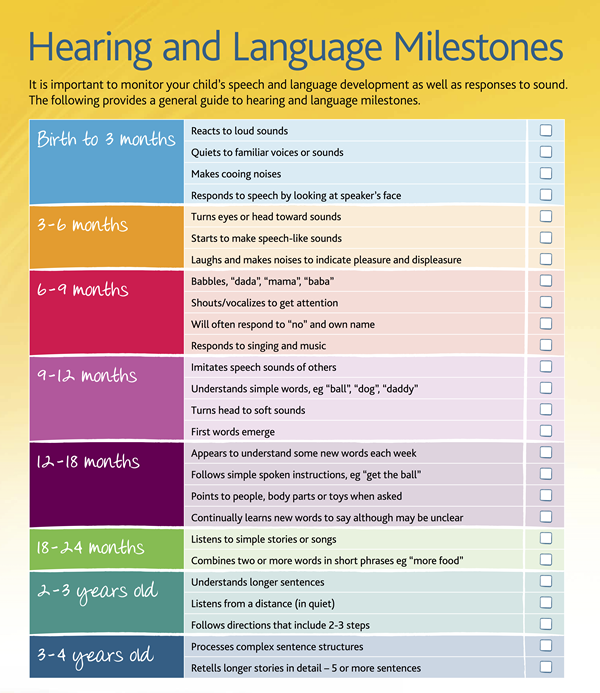 If your toddler isn’t already eating with a spoon and fork sometimes, encourage them to practice.
If your toddler isn’t already eating with a spoon and fork sometimes, encourage them to practice.
What to feed a 16-month-old
About two 8-ounce cups of whole milk per day is recommended for a 16-month-old. Aim for about 700 mg of calcium total per day. Give your child a regular open cup or a straw cup as much as possible. They should completely be off the bottle, and some doctors warn that sippy cup use (with milk or juice) could lead to tooth decay and could inhibit speech development in some children.
Toddlers tend to get too little calcium, iron and fiber. In addition to dairy products, your child can get calcium from foods such as green leafy veggies, broccoli and tofu. Tofu can provide iron too, as can fortified cereal, dried peaches and lean ground beef. For fiber, you may offer pinto or refried beans, prunes, bananas and whole wheat pasta.
Your child should now be mostly off purees and other baby foods. Aim to feed the entire family well-rounded, unprocessed meals, and just mash and/or finely chop pieces for your toddler.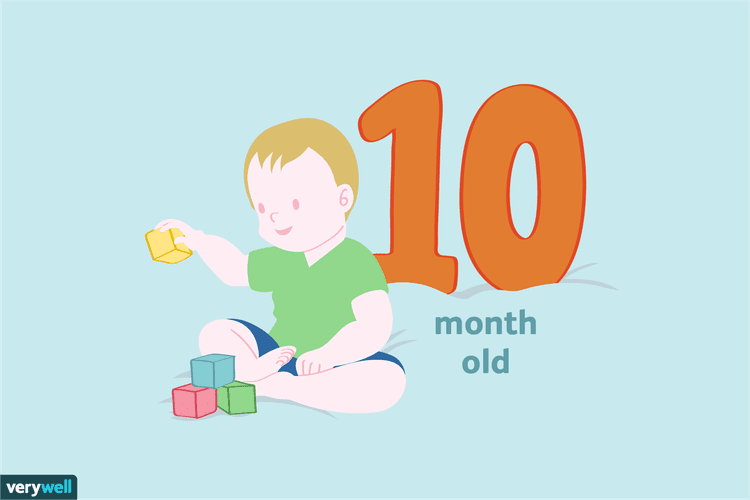 Remember to also quarter any foods that are cylindrical and could be a choking hazard, such as grapes or a hotdog.
Remember to also quarter any foods that are cylindrical and could be a choking hazard, such as grapes or a hotdog.
Food ideas for a 16-month-old:
16-month-old won’t eat
If your 16-month-old isn’t eating, it's likely just a case of picky eating. Continue to offer your child a variety of healthy foods for each meal and limit unhealthy treats. But don't start a power struggle over food. Here's more great advice on how to deal with picky eating. If your child won't eat anything at all, it could be a sign of illness, and you should call the pediatrician to discuss.
Feeding schedule for a 16-month-old baby
Image: Smart Up Visuals
*A toddler's serving size is about ¼ of an adult's Source: HealthyChildren.org
16-Month-Old Sleep
You’ve been at this parenting gig for 16 months now, and sleep (for you and your tot) is still very much a priority. Here are some common bedtime questions and concerns.
How much sleep does a 16-month-old need?
One- to 2-year-olds need 11 to 14 hours of sleep total per day.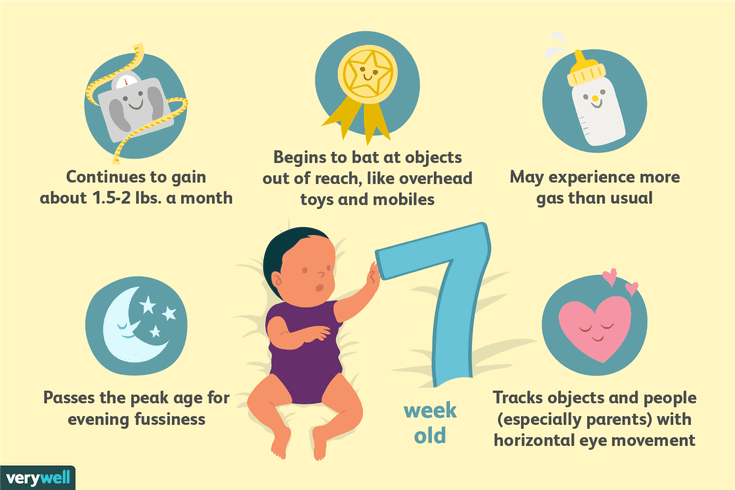 Your 16-month-old may be starting to transition to just one nap per day, so your daily schedule might be doing a little bit of rearranging. Usually, it's the morning nap that goes, and either the afternoon nap becomes longer, or bedtime is a bit earlier. Luckily, this is usually a pretty natural transition.
Your 16-month-old may be starting to transition to just one nap per day, so your daily schedule might be doing a little bit of rearranging. Usually, it's the morning nap that goes, and either the afternoon nap becomes longer, or bedtime is a bit earlier. Luckily, this is usually a pretty natural transition.
16-month-old sleep regression
So, your 16-month-old won't sleep and you're desperate to make bedtime less of a struggle? For the 30 minutes before bedtime, follow the exact same rituals in the exact same order—and give your little one 20 minutes notice before they have to head off to bed. This parent trick for changing your kiddo’s bedtime has been shown to work: use the time they usually fall asleep naturally as your sleep routine starting point, then adjust it gradually, in 15-minute increments.
16-month-old sleep schedule
Here's one example of how it might go:
Image: Smart Up Visuals
Activities for a 16-Month-Old
Playing with a 16-month-old is fun! They’re smart, savvy little creatures at this stage of toddlerhood, and they know how to have a good time. So what to do with a 16-month-old? Give them plenty of opportunities to enjoy the outdoors and discover the world around them. Playgrounds, parks and open areas offer ample opportunity for your toddler to explore. Also make sure you give your 16-month-old baby things to keep their hands busy. Whether they’re blowing bubbles, using finger paint or shaking a tambourine, let them practice the fine motor skills they’re actively mastering as they hit the 16-month-old milestones. Fun activities, games and toys for a 16-month-old include:
So what to do with a 16-month-old? Give them plenty of opportunities to enjoy the outdoors and discover the world around them. Playgrounds, parks and open areas offer ample opportunity for your toddler to explore. Also make sure you give your 16-month-old baby things to keep their hands busy. Whether they’re blowing bubbles, using finger paint or shaking a tambourine, let them practice the fine motor skills they’re actively mastering as they hit the 16-month-old milestones. Fun activities, games and toys for a 16-month-old include:
- Blocks. About half of 16-month-olds can make a tower by stacking three blocks.
- Coloring. Your toddler should also be able to scribble, so break out the sidewalk chalk and crayons (and hide all pens and permanent markers!).
- Pretend objects. Play kitchens, toy brooms and pretend phones allow a child to imitate what they’ve seen their parents doing.
16-Month-Old Baby Checklist and Tips
- Teething pain? Let your 16-month-old snack on frozen peas—they feel good on gums and are surprisingly yummy, not to mention healthy.
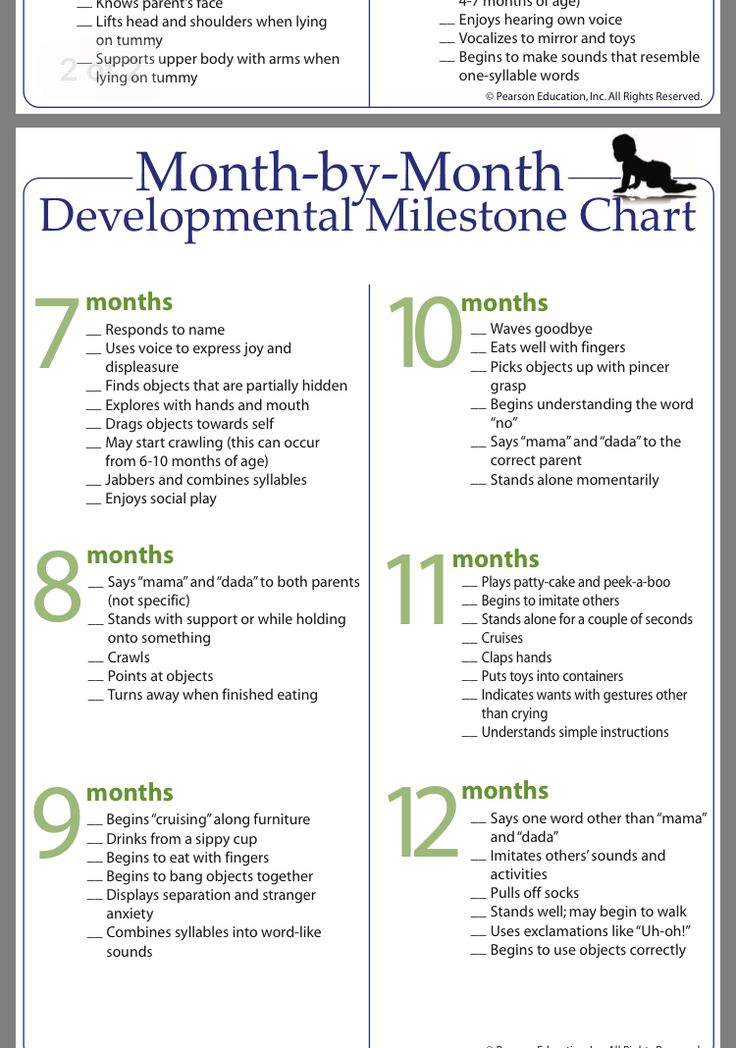
- When you're changing your child's clothes, talk through what's happening. Soon, they'll be able to start doing this activity solo, and after that, they’ll learn to put clothes on.
- Have a dance party! Now that your child is fully mobile, they'll want to try out some new dance moves.
- Help your 16-month-old toddler develop their language skills by describing what they’re doing. Say things like, “I see you’re driving that truck under the bridge” or “look how carefully you’re putting your toys back into the box.” This helps them understand how words and actions go together. Also help by encouraging them to say what they want. Ask your child, “Do you want a banana or an apple for a snack?”.
- Give your toddler the words to describe emotions. (For example, “I see how happy holding that flower makes you” or “I feel sad that you hit me.”) This helps them name their feelings later and learn to show empathy.
- Let your 16-month-old build on their skills. Once they’ve reached one of their 16-month-old milestones, like stacking two blocks, encourage them to stack three! If your 16-month-old baby can toss a ball now, see if they can practice tossing it into a basket.

Your 16-month-old is the life of the party. They have strong emotions and let you know it. Lead by example; try to keep your cool when tantrums start and show positive reinforcement when they do a good job. This stage is full of excitement and exhaustion. You’ve got this!
Medical content was reviewed by Dina DiMaggio, MD, a board-certified pediatrician at Pediatric Associates of NYC and NYU Langone Health in New York City, and a spokesperson for the American Academy of Pediatrics. She is also the coauthor of The Pediatrician’s Guide to Feeding Babies and Toddlers.
16 Month Old: Milestones and development
Your 16-month-old may love physical challenges. He knows he can walk, so he wants to try to carry a heavy load, like a box of blocks, while he's at it. His fine-motor skills may also be taking off, and he'll want to turn the pages of books you're reading, stack blocks to make a tower, and scribble on everything he can reach. Your toddler can understand much more than he can say, and you can encourage his language development by narrating your days together and listening to your toddler's attempts at conversation.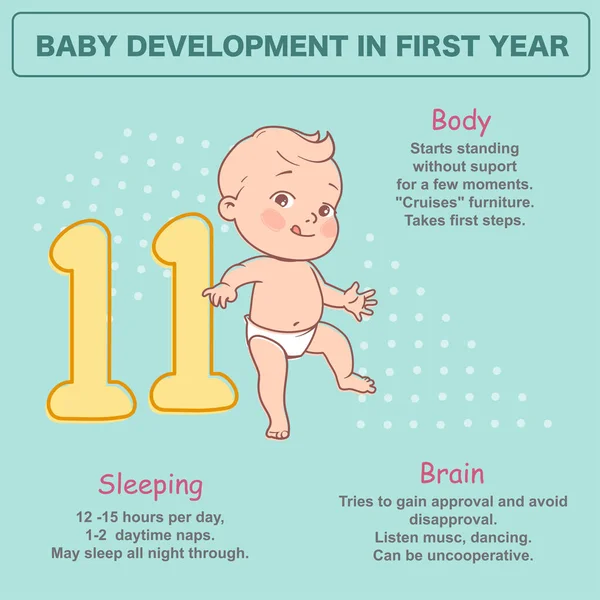
Physical development
Testing physical limits
Your toddler is still likely to explore her surroundings the way she has for the last few months –grabbing random objects, inspecting them closely, putting them to her mouth, and banging them on the floor.
But you'll also notice that he likes to challenge his physical limits. He knows he can walk, so he wants to try to carry a heavy load, like a box of blocks, while he's at it. He's confident that he can climb up onto the sofa, so he'll want to push a chair to the kitchen counter to climb higher and investigate what's on the counter tops.
If you haven't already done so, it's now essential that you childproof your home. The kitchen can be a particularly dangerous spot, so get into the habit of cooking on the back burners of the stove, turning pot handles inward and out of reach of groping hands, and locking up any dangerous cleaning products and medicines.
If your toddler is willing, try this silly game, recommended by child development expert Marilyn Segal, author of Your Child at Play: One to Two Years: Hold her hands and show her how to squat.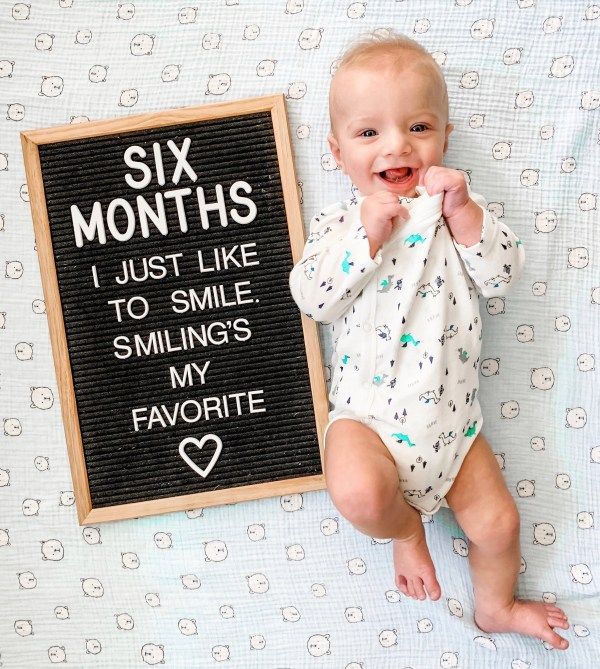 While you're moving up and down, chant:
While you're moving up and down, chant:
"Bend our knees, and down we go
All the way to the floor.
Up, up, up, we stand up tall,
And now we squat some more."
If your child isn't walking with ease, or is hardly walking at all, try this activity, which developmental experts use to help children gain confidence on their feet. First, have your child stand with his back to a wall, then move back so you're about 3 feet away from him. Hold out a hand and have him reach for it, taking one or two steps to get to you. Guide him back to the wall and do it over and over again, occasionally stepping back so he has to take more steps to reach you.
Stacking, drawing, and painting
Your 16-month-old is becoming more adept at using her hands and fingers. She may be able to stack two or three blocks to make a tower and then will delight in immediately knocking it down. When you read books, she'll insist on turning the pages for you, and by now may be capable of turning one or two pages at a time instead of simply flipping from front to back.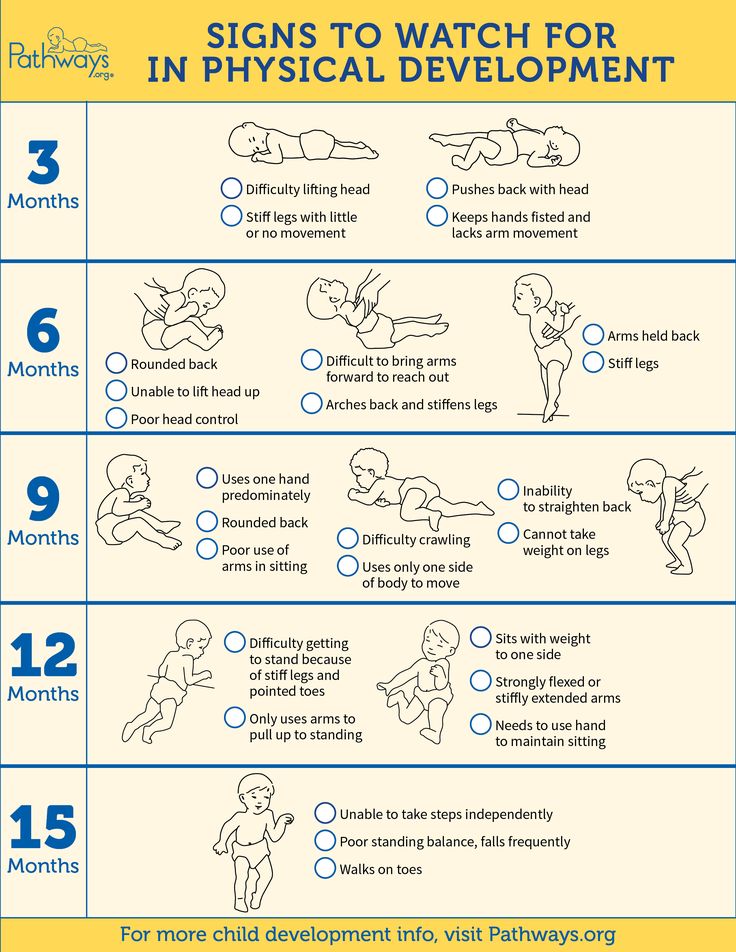
Advertisement | page continues below
If you hand him a crayon, he'll know exactly what to do with it, but will probably scribble on anything that's in front of him – books, furniture, and walls included – so coloring is an activity that you'll probably want to monitor closely. He may even be able to insert a round block into the proper hole on a board with various shapes.
This is a great time to introduce finger painting. You can make your own finger paints by mixing 2 tablespoons of white flour with a little water to make a thin paste and then adding a few drops of food coloring. To make finger painting extra easy for a young child, have her paint on waxed paper taped to a table in the kitchen or outdoors. Put a blob of paint down on the paper and show her how to slide her fingers around. If you want to save her creation, press a piece of regular paper over the waxed paper and gently peel it away; hang it up to dry.
Language and cognitive development
Language comprehension, vocabulary building, and reading
You've seen your child testing her independence during the last few weeks and months, but experts say that once a child can talk, she knows, finally, that she is her own person. Your 16-month-old may be able to say as many as seven words – or even more – clearly. But she will still rely mostly on nonverbal communication, pointing and gesturing to tell you what she wants or what she wants you to see.
Your 16-month-old may be able to say as many as seven words – or even more – clearly. But she will still rely mostly on nonverbal communication, pointing and gesturing to tell you what she wants or what she wants you to see.
Your toddler understands much more than he can say, too. (The challenge for toddlers is not understanding speech, but coordinating their lips, tongue, and breath well enough to make themselves understandable.) You may discover this accidentally one day when, for instance, you're asking the family dog where you possibly could have put your car keys – only to have your child point to the hook where they're hanging. Or you may ask your child to go get his shoes from his closet and watch in amazement as he trots down the hall and returns with them a minute later. You're not imagining it – he really does know what you're saying.
Her ability to comprehend more than she can communicate means it's important for you to speak slowly and clearly to your toddler. You've probably stopped much of the singsongy speech that you used instinctively when your child was a baby, but now you can use simple words and phrases to get and hold her attention.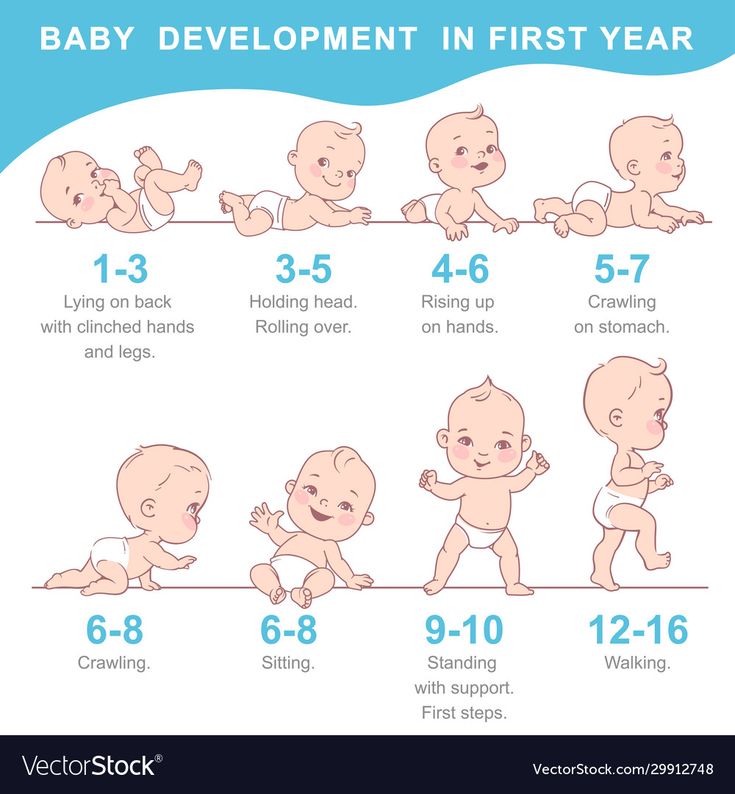
Using the correct words for objects will cut down on his confusion as he learns to use words. Listening to your child without interruption is also essential at this stage. The toddler who is listened to – especially by his parents and caregivers – is a better listener, which in turn will enhance his speaking skills.
Help your toddler build her vocabulary by talking with her about what she's experiencing. Name the sounds that surround you when you're outside: "Do you hear that bird? Can you hear the sprinklers that are watering the grass?" for instance, or challenge her to find something particular: "Help me find a rock that feels smooth." Learning to observe, listen, and investigate will help her develop important sensory skills.
Though your 16-month-old may not want to sit still for more than a few minutes, he is probably showing a little more interest in having stories read to him. Don't be frustrated if he seems to prefer pointing at specific pictures and having you tell him about them rather than listening to you read the text.
One of your child's favorite things to do when looking at books may be to point to objects she has words for – such as ball, cat, dog, etc., and say them (over and over). But if you ask her to "Find the ... chicken (or the moon, or a car)," she'll enthusiastically do that, too. She is also probably very adamant about wanting to help you turn the pages, a sign of her increasing autonomy.
Behavioral health and development
Temperament and scary sounds
You've been picking up clues about your child's temperament from the day he was born. The way your 16-month-old interacts with the world around him will tell you a lot about how he'll probably respond to different situations, people, places, and things as he gets older.
Your child might be flexible and adapt easily to change, or she may need a more predictable schedule and plenty of warning before transitions. Pay attention to what works best for her. You know your child better than any book does.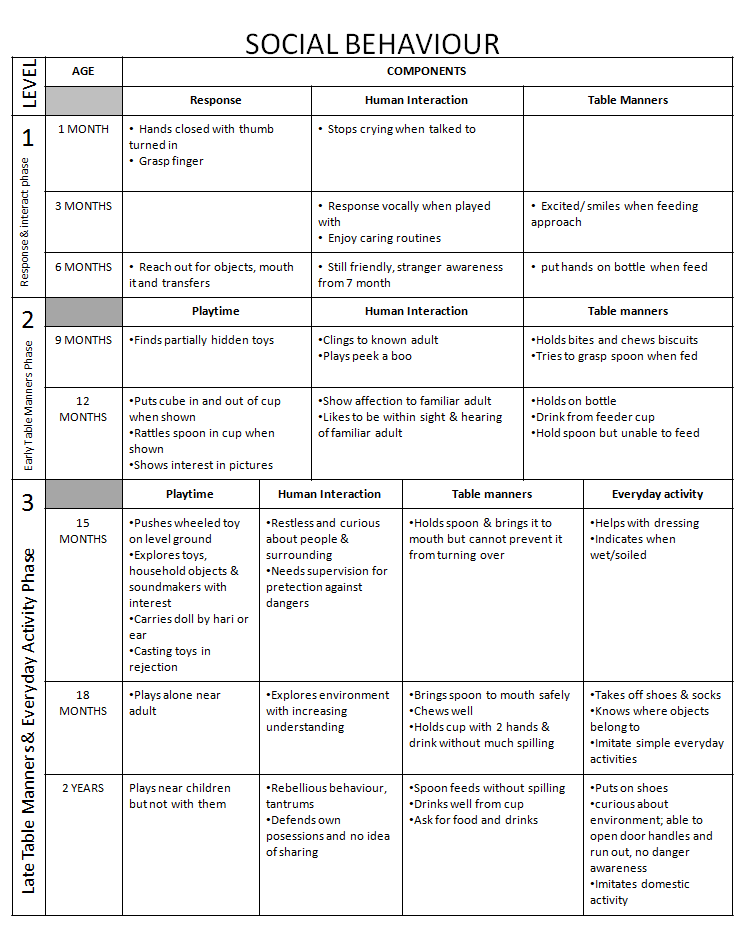
With his temperament in mind, you can sometimes modify your child's environment in small ways to help him stay engaged and avoid meltdowns. For example, if your child functions best on a solid afternoon nap, try to make sure he gets one. If he's reserved in new situations, give him extra time to warm up rather than insisting that he hug people he meets. He's depending on you to help him feel comfortable. By respecting his needs, you can help him learn to deal with the world.
That said, it's not your job to make life fun and free of frustration. Your child will get upset and dissolve into tears and tantrums. It's all a normal part of how kids learn and grow, so don't take it personally!
But do offer kind, validating responses such as, "I see how mad and upset you are. It's ok to be mad. I understand. I'm here to help you calm down." Statements that invalidate your child's feelings such as "don't cry, there's nothing to be upset about" not only aren't helpful but they can lead to greater difficulties with emotional regulation down the line.
Fear of loud noises sometimes surfaces unexpectedly. Your 16-month-old may cower, cry, and act downright terrified at the sound of a vacuum cleaner, a thunderstorm, a siren, fireworks, or a popping balloon.
Offer calm reassurance. A hug and an acknowledgement of his feelings – "Wow, that was a scary surprise, wasn't it?" – may be sufficient. Show your child how he can cover his ears to give him some control. Your toddler will eventually outgrow a fear of noises as he gains an understanding of where they come from and that they're harmless.
Impulsive behavior, discipline, and manners
Your toddler is beginning to develop a sense of what's okay and what's not. Much of his behavior is not intentional defiance. He's curious, and he's testing your limits to better understand what they are. "Mommy said not to play with the drawer – did she really mean it?" Or: "I'm not allowed to throw peas off the highchair, but what about crackers? What about milk?"
At the same time, a toddler still acts on nearly every impulse, and it will take years of guidance from you before she has enough self-control to behave appropriately in every – or almost every – situation.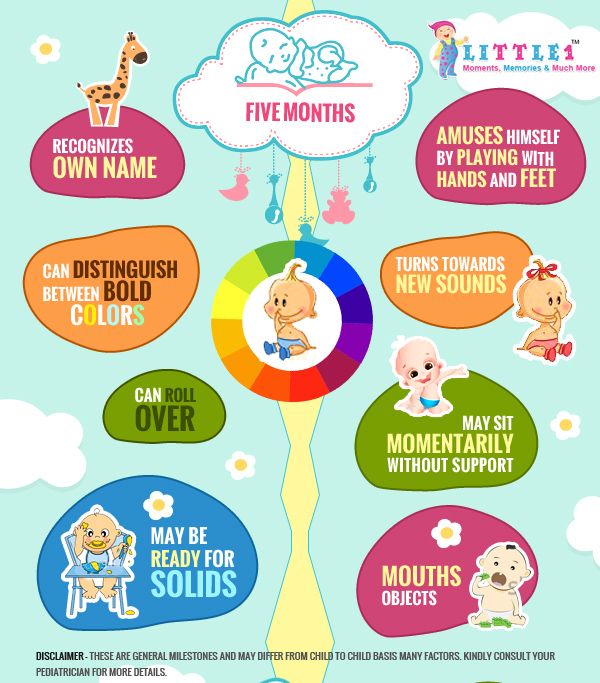 At this age, your toddler's impulses may result in tantrums or aggressive behavior, such as hitting. If you understand that such impulses are healthy and normal, it may help you deal with her negative behavior. It's human to have feelings of aggression and even anger, but the difference between you and your toddler is that you've learned to pull your punches – at least most of the time.
At this age, your toddler's impulses may result in tantrums or aggressive behavior, such as hitting. If you understand that such impulses are healthy and normal, it may help you deal with her negative behavior. It's human to have feelings of aggression and even anger, but the difference between you and your toddler is that you've learned to pull your punches – at least most of the time.
Be calm and matter-of-fact as you guide behavior, but don't look the other way when you disapprove. If you make your expectations are clear and consistent now, your child will grow up more secure, obedient, and happy.
You may be wondering when to step in and discipline your child. It may be helpful to remember that "discipline" means to teach. You are your child's teacher and helper. Say "I can't let you hit. HItting hurts. You have two great choices, do you want to rip up paper or squish the Play-Doh?"
Your toddler is ready to learn to say the magic words – "please" and "thank you" – at least some of the time. You don't have to push him to say them in every instance; he's noticing when other people use them and the pleased reactions of grownups when children use them.
You don't have to push him to say them in every instance; he's noticing when other people use them and the pleased reactions of grownups when children use them.
While it's unreasonable to expect your 16-month-old to say "please" and "thank you" all the time, if you set a good example, your child will follow. If you recognize that much of what children learn they learn through imitation, it makes sense that your child will do as you do when it comes to etiquette.
Setting limits
Toddlers are funny – even when they're doing something they shouldn't. It's hard not to laugh, but your smile sends a message that you don't really mind your child bouncing on the sofa with her shoes on or taking every tissue out of the box, one by one. Kids this age understand far more words than they can speak, but the language they know best of all is body language. A smile cancels out a "don't do that" every time.
When your child does something you don't like, be sure your face and voice convey your displeasure.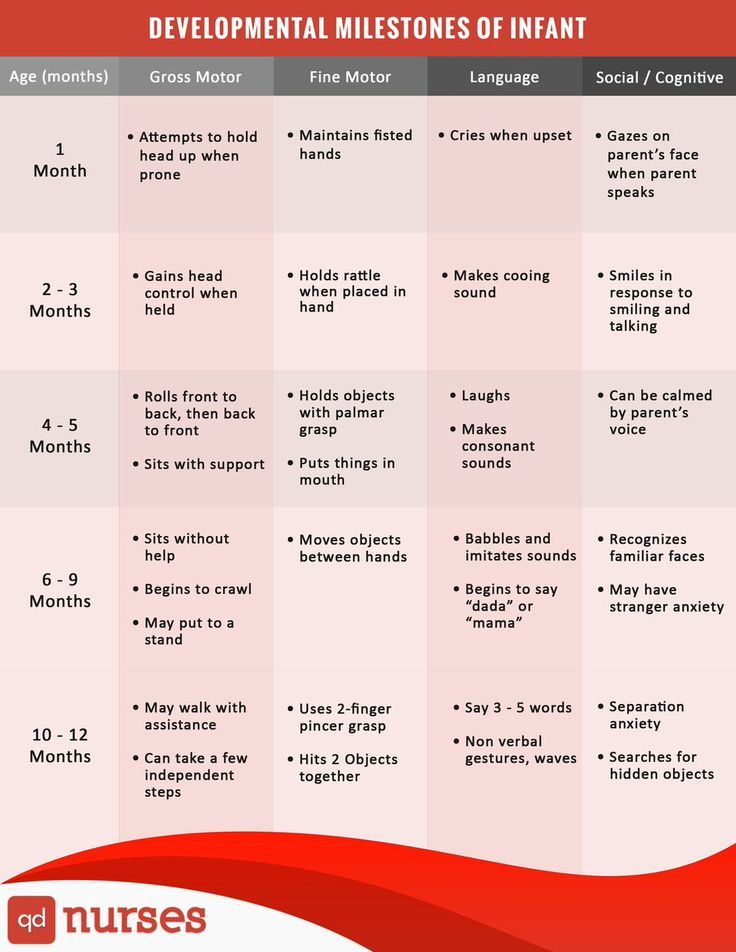 Don't yell, but do frown and use a disapproving tone to set limits. Be consistent, too. If you correct a transgression once but ignore it the next time, you send confusing signals about your expectations.
Don't yell, but do frown and use a disapproving tone to set limits. Be consistent, too. If you correct a transgression once but ignore it the next time, you send confusing signals about your expectations.
Car seat battles
Strapping a 16-month-old into a car seat is a lot like strapping in a cat. She'll yowl and fuss (and maybe claw, too). A busy toddler doesn't like to be restrained. Of course, for safety's sake she must be, every time. You can also enlist your little one to help you. Have her hold on to one strap while you latch the buckle.
Or use distraction to make the task easier. Stash a special toy or book in the car to pull out only during drives. Sing a silly song or do something goofy, such as closing your eyes and pretending you can't see him while you're fastening the straps and buckle. Tickling might work, too.
Your toddler, the individual
Even at this young age, your toddler is learning that she is rewarded with positive attention – hugs, laughter, and praise – when she behaves in ways that people around her think are right, and that she is met with disapproval when her behavior is wrong.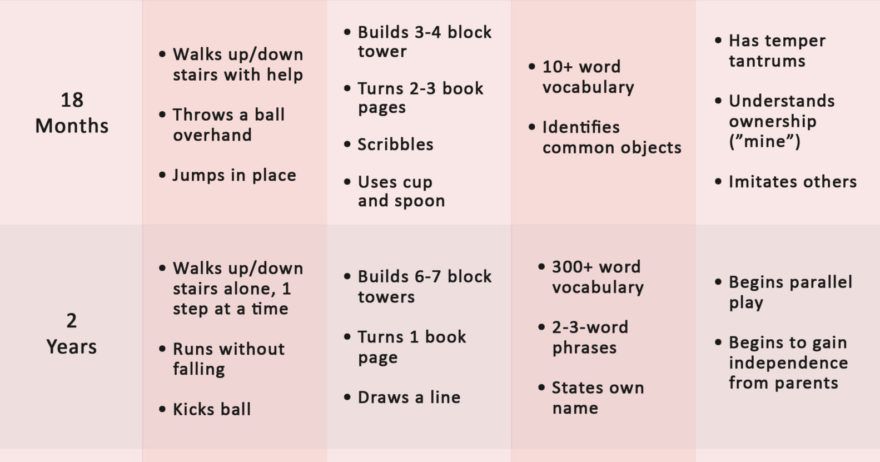 (What may really amaze you is how quickly your intuitive toddler learns that right and wrong mean things to different people. A behavior that might elicit a frown from you, i.e., pounding a toy on the coffee table or pulling the dog's tail, draws peals of laughter from an older sibling.)
(What may really amaze you is how quickly your intuitive toddler learns that right and wrong mean things to different people. A behavior that might elicit a frown from you, i.e., pounding a toy on the coffee table or pulling the dog's tail, draws peals of laughter from an older sibling.)
The social interactions you're most likely to witness now are basic – waving, smiling, playing peekaboo, and following simple instructions – but these are all first steps in establishing his personal social style. A 16-month-old is also able to initiate displays of affection, and he'll give back what he receives. If you show affection with hugs and kisses, he will likely do it too.
A newborn isn't able to differentiate between herself and her mother or between herself and any object she sees. Tasting, touching, smelling, and hearing what's in the world around her are ultimately what help her understand that she is a separate being.
At about 16 months, your toddler understands that he is his own person, but can use you as an extension of himself. For instance, if he sees a toy that he wants but can't reach, he may make eye contact and gesture until you know he wants you to hand it to him. Or he may not feel comfortable walking up a flight of stairs, but since he's determined to do it anyway, he'll grasp your hand so you can help him.
At this stage, your toddler also knows she is powerful, and she is the center of her world. She uses your attention, amazement, and appreciation of her accomplishments as motivation to attempt even more. She wants to succeed at everything she tries, though she often won't. You'll catch her attempting to carry objects that are far too heavy or unwieldy for her to handle, but she'll be adamant about trying.
Help him by breaking down the task into manageable bits. You can let him know you admire how hard he is working to accomplish something and empathize with his frustration. "That basket of laundry is so heavy. It is hard to carry. It is frustrating to try to lift it. Here let me help you. I'll take half into my basket and you can carry the other half in yours."
Play
Using her senses
Daily life is one big adventure for a newly mobile toddler. You've witnessed yours touching, smelling, examining, and at least trying to taste nearly everything that he finds. By fully investigating objects this way, children learn to distinguish the qualities of various things. He'll probably find tools – a whisk from the kitchen cupboard – and creatures such as an earthworm that creeps along the gutter after a rainstorm especially fascinating.
Imitating you through play
Giving your toddler opportunities to imitate you, such as cooking in a play kitchen, will help cut down on the frustration she feels about being too little to do some of the things she wants to do. Toddler-sized tool sets, little play kitchens, or grocery carts are great fun for 16-month-olds.
Sleep
Gentle bedtime routines
Bedtime will go more smoothly if you establish a routine your child can count on.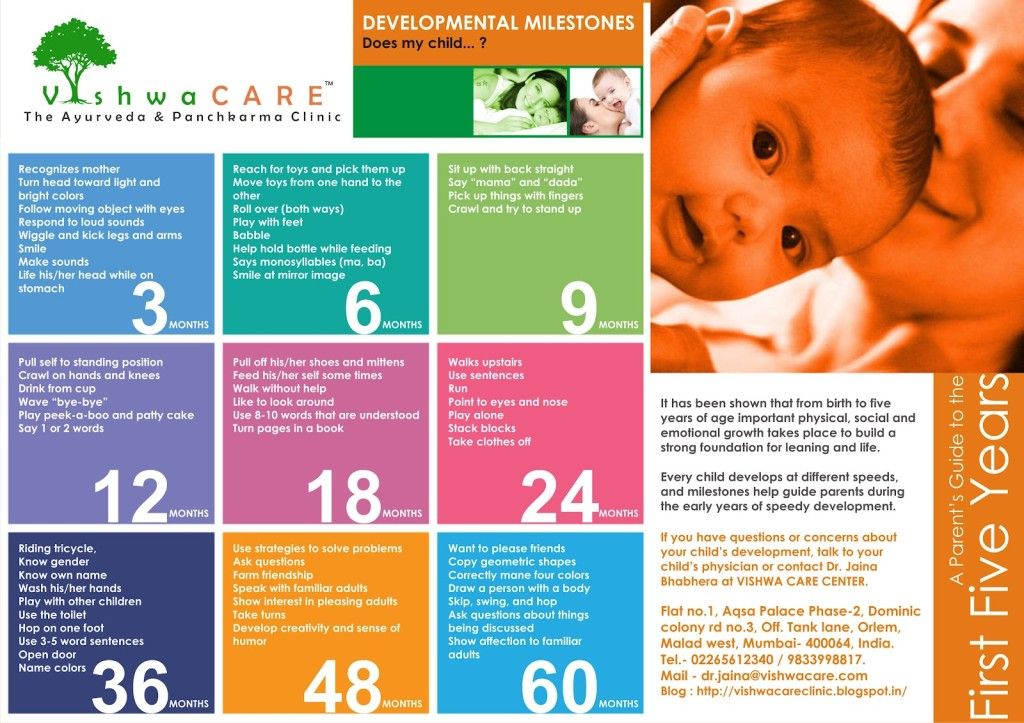 A good bedtime routine is long enough to ease your child into a relaxed state, but not so long or complicated that it's a chore for you – or impossible for a babysitter to duplicate. Twenty to 30 minutes is a good length of time.
A good bedtime routine is long enough to ease your child into a relaxed state, but not so long or complicated that it's a chore for you – or impossible for a babysitter to duplicate. Twenty to 30 minutes is a good length of time.
Include more or less the same elements in roughly the same order every night. For example: A small snack, a bath or a quick cleaning of the hands and face, getting into pajamas, brushing teeth, and reading a book or two. A cuddle and a kiss and you're done. Other options include saying goodnight to a few stuffed animals or singing a lullaby. Ideally, you'll find a routine that works for your child (and you) – and stick to it.
Goodbye to the morning nap
Sometime between 15 and 18 months, your toddler's likely to drop the morning nap. One midday or afternoon nap will be enough. At first, that one nap may be longer than it was previously. Many parents prefer the one-nap phase because it's easier to plan your day around. But it can be a bit tricky to time it right. Make sure that the nap doesn't happen so late in the day that your child isn't sleepy at bedtime. You may need to cut short afternoon naps that last too long.
Make sure that the nap doesn't happen so late in the day that your child isn't sleepy at bedtime. You may need to cut short afternoon naps that last too long.
A good rule of thumb is that bedtime should be no later than 4 hours after the child wakes from the afternoon nap. So if the nap happens from 1 to 3 pm, start the bedtime routine by 6:30 at the latest. Often bedtime will move earlier once the child is only taking 1 nap.
Your child may still need a rest break around the time she use to take her morning nap. Serve a snack and plan a quiet activity, such as listening to soothing music, looking at books, or resting on a blanket on the sofa (rather than in bed, which has a strong sleep association). Avoid car rides during the former nap time – your child may fall asleep, skip the afternoon nap, and be cranky in the evening.
Look ahead to 17 months
Information security questions in the current moment. Informal meeting of Global CIO. Part 2 - GlobalCIO|DigitalExperts
Global CIO Revision
May 16, 2022
Let's continue the conversation about the team in conditions of heavy workload on employees.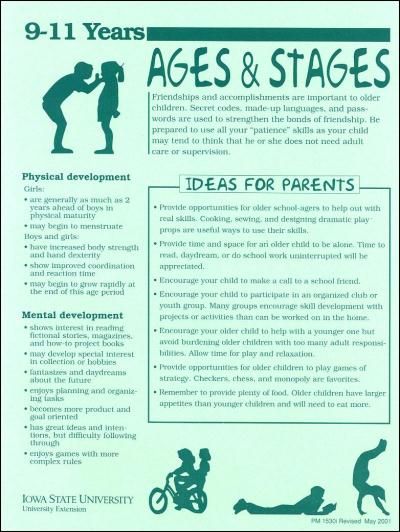 Is there a stream of layoffs, how do they support employees in the company BI.ZONE .
Is there a stream of layoffs, how do they support employees in the company BI.ZONE .
Rustem Khairetdinov: “Company BI.ZONE was originally made for the service and scaling of this service. Now the load is mainly due to the fact that we have 5-10 new clients connecting daily. There are companies with which we have been negotiating for a long time, and now there are strangers to whom someone gave my business card from some conference. nine0003
Yes, we have several people who quit, but these are people who have warned us for a long time that they are thinking about changing jobs. It's just that events pushed them, they had proposals, including those with relocation. Banks go bankrupt, sometimes IT companies go bankrupt, sometimes Western companies also close, and people can be taken from them. Therefore, we have a small outgoing stream, and there is an incoming stream.
We have a technology for involving new employees, their education was built in advance for scaling, now we are growing not only in terms of clients, but also in terms of people, preferring to take ready-made teams.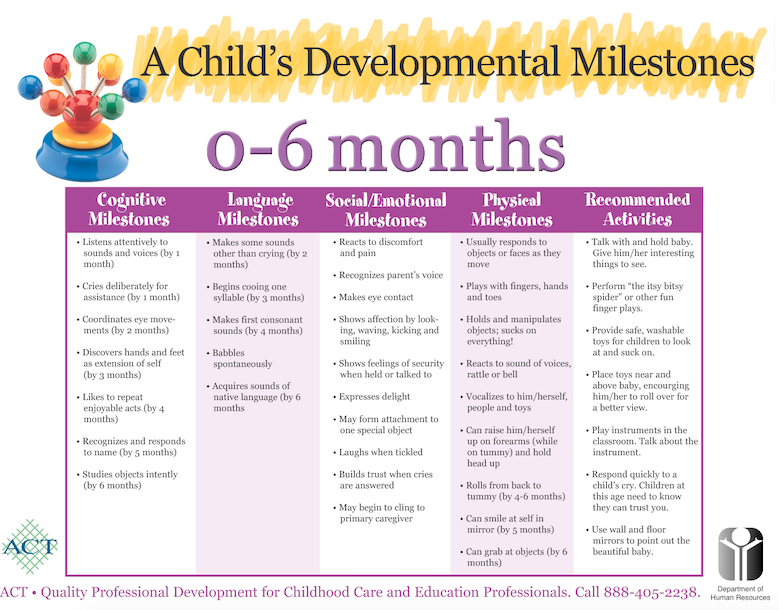 That is, at least 5 people with leaders and salespeople. nine0003
That is, at least 5 people with leaders and salespeople. nine0003
What steps do companies need to take now to ensure information security and work stability? What to focus on today?
Rustem Khairetdinov: “We are actively working with the Ministry of Digital Development regarding recommendations. If you are reading the recommendations of the Ministry of Finance, then, in principle, they contain what I will say now. In this regard, we have a very adequate ministry-regulator. We immediately created a cybersecurity headquarters, it meets daily, and we react on their behalf to the situation. Speaking specifically, the first thing is to conduct an audit of digital assets, to understand which are critical, which can wait, and where to throw strength in case of a lack of resources. We simply prioritize all digital systems, then write down what infrastructure they are deployed on, who provides security, whether there is software from foreign manufacturers, which of the contractors can lend a hand, scale.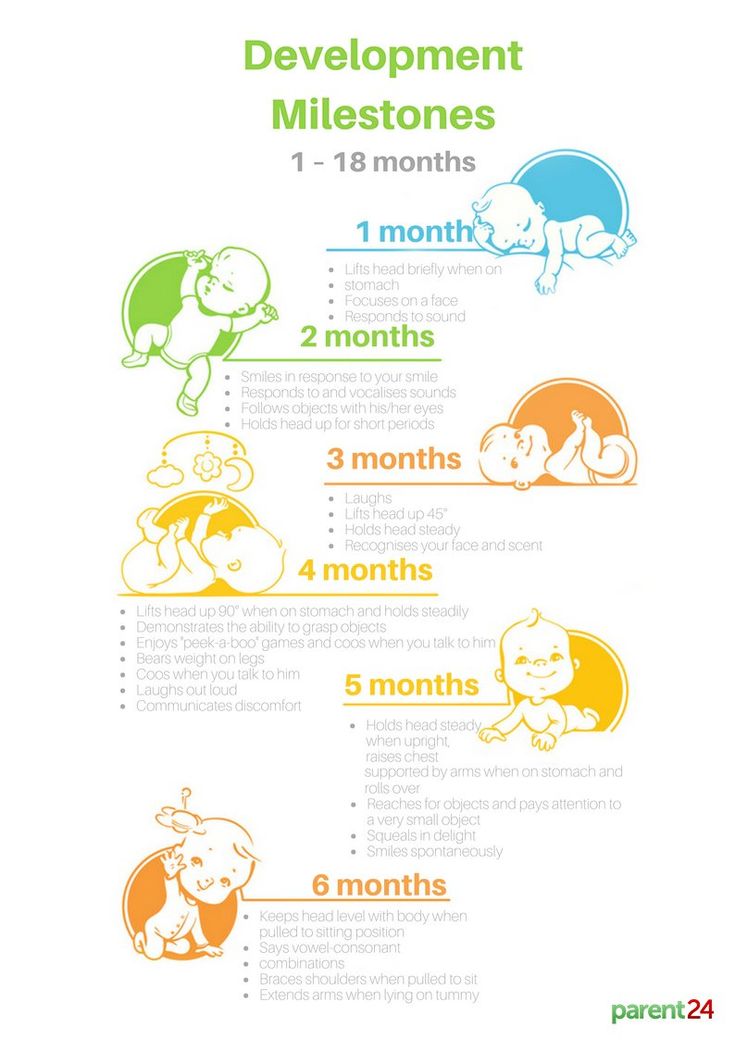 nine0003
nine0003
Next, you need to look at what kind of contractors they are, because now even very stable companies have flown into either exchange rate differences in hardware or credit lines. And it is quite possible that in a month or two they will have nothing to pay salaries to people. In this sense, I would also not want to become a hostage to the fact that the contractor has something bad.
Accordingly, if there are suspicions, then you need to reserve, start a second, third contractor, and in this situation, you need to think about what you can quickly deploy on your side, you only need to proceed from the fact that this can be done on the existing infrastructure. Because where to buy servers is not clear, what delivery time is not clear, and how long you will hire people is also not clear. Therefore, it is better to look for service contractors. nine0003
It is important that if something happens, we are connected within half an hour. This means that you need to go through all the NDA procedures, gain access, approve and check the communication channel, where to call and write, conduct a small training exercise, and then we get into the “Standby” mode.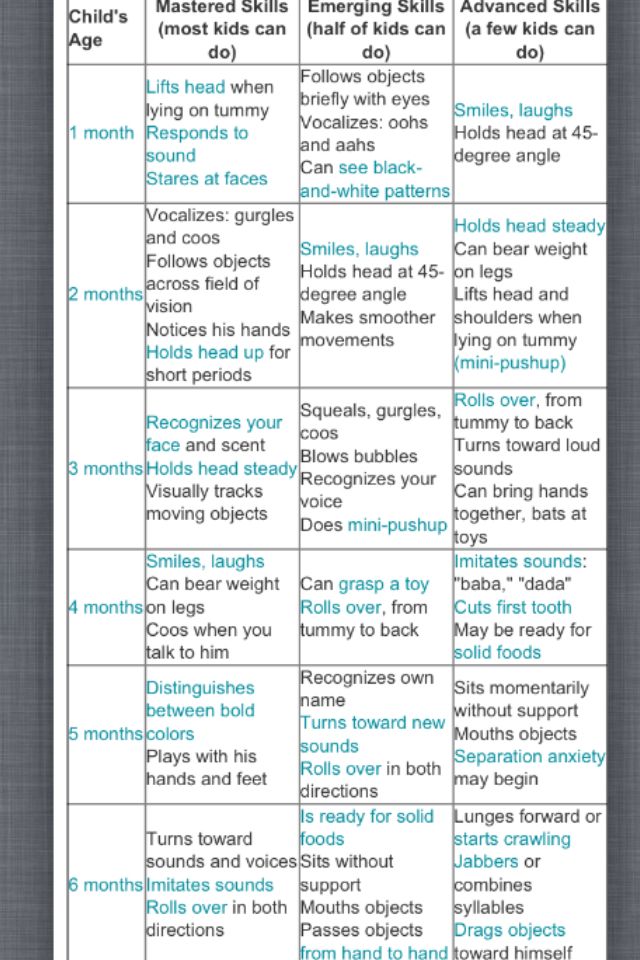
This is what all service companies do now, because now starting to implement CM is a meaningless topic if you didn’t have it before. This is done in six months. And you need to respond right now. nine0003
Accordingly, I repeat: this is an inventory, this is an audit of current protective equipment and contractors, and this is a reservation. That's what a lot of people are doing right now. Well, you need to follow the recommendations of the Mintzfra - there are also useful tips on how to disable automatic updates and other basic things. In principle, they won’t write anything bad there.”
Andrey Nuikin: “In general, I agree. Actually, this is how we acted: we audited what we have in terms of software and hardware. We have about 11 areas of what we watch, what we study. In these 11 areas, we have drawn a conditional Gartner's square for ourselves - where we have the probability of risk and its consequences. And circles of different sizes were placed on this map.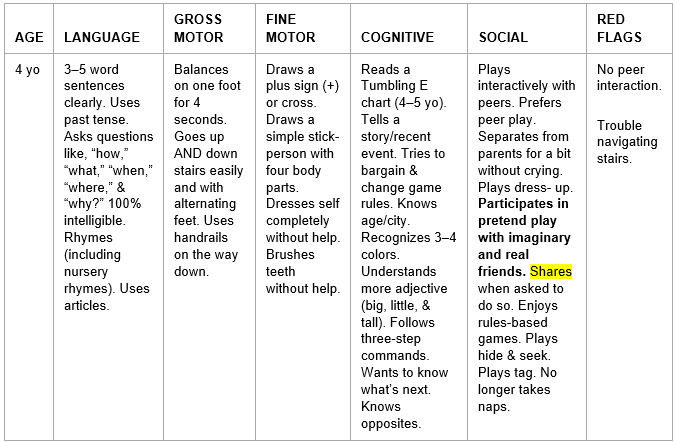 The volume of the circle showed the scale of the problem - if it is large, then there is a catastrophe, if it is a small dot, and it is unlikely, then it can be postponed until later. Due to this, we were able to somehow rank what is in the first place, what is in the second. ” nine0003
The volume of the circle showed the scale of the problem - if it is large, then there is a catastrophe, if it is a small dot, and it is unlikely, then it can be postponed until later. Due to this, we were able to somehow rank what is in the first place, what is in the second. ” nine0003
What is the most urgent, what should be done first?
Andrey Nuikin: “We got into the top, first of all, information security software and equipment - this is all protection and defense, these are automated process control systems, because this is production, and if it fails, then everything else will not be needed.
And further down the line: corporate systems, backups, and so on. And within each of these areas, we also made some kind of assessment. Conventionally, if two-factor VPN authentication falls off for us, this is bad, but not fatal. We will survive without her. As Rustem said earlier, a certain level of security will decrease, but at the same time we continue to work.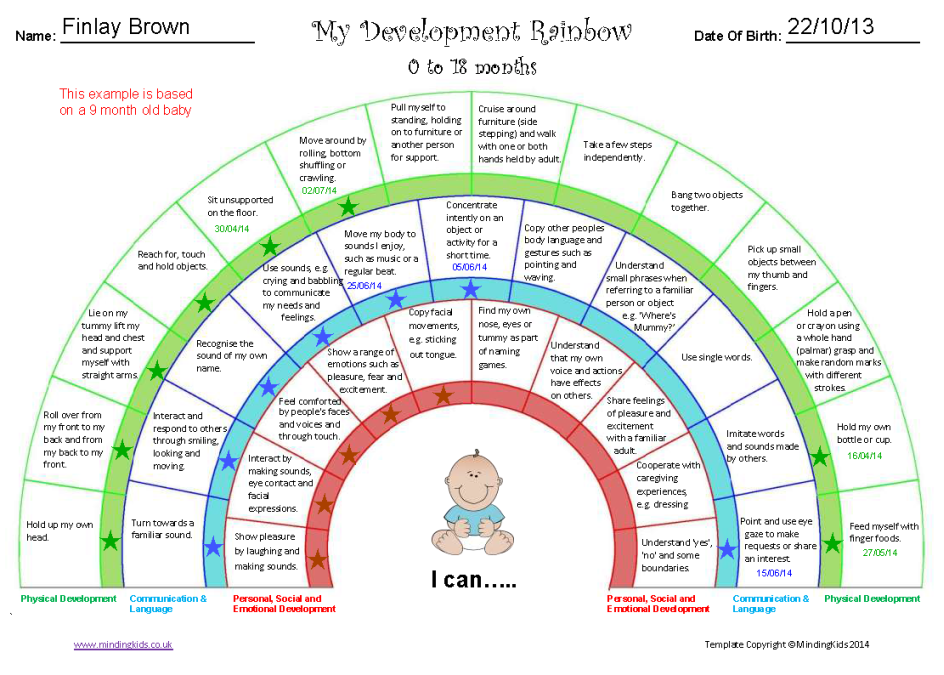 If our Firewall falls on the perimeter, this is a problem, because the perimeter becomes open, and something needs to be done. That is, first of all, we look there. nine0003
If our Firewall falls on the perimeter, this is a problem, because the perimeter becomes open, and something needs to be done. That is, first of all, we look there. nine0003
We audited all special stages, including external developers, contractors, checked what, who, where, where it comes from, how it goes. Additionally, we checked all the projects where the code was being developed, checked with code analyzers whether everything is fine. And we made a small plan for ourselves, what we will do as this or that software or equipment is decommissioned.
We are testing something, we already have something, we just buy it, put it in a warehouse. For example, the same Siemens controllers. That is, everything that was on the market was bought up and put away. This gives us some head start, as something goes wrong, we can change it. During this time, we need to find some alternative, how we will continue to live. This is how we operate." nine0003
Another most painful issue is related to iron. In your opinion, is Huawei closing the main issues and are there other server hardware developments?
Andrey Nuikin: “We look at different equipment and network servers. Ours is, there are Chinese partners.
Aquarius, Core, Depot came to us. There are 6 or 7 large companies that offer storage servers. But there is a problem that even conditionally our servers are not ours, because half of the equipment is still taken in Taiwan or in China or in America. Same chips and everything. But nonetheless. nine0003
As for network equipment, we are looking at Eltex, we are looking at Huawei as an option, Zelenograd Zelax. Now, information is being collected in all areas, what and where is, large, not large, because earlier small firms came and offered something, but then it was not so interesting and relevant, but now, perhaps, this is an option replace if it's really a good thing.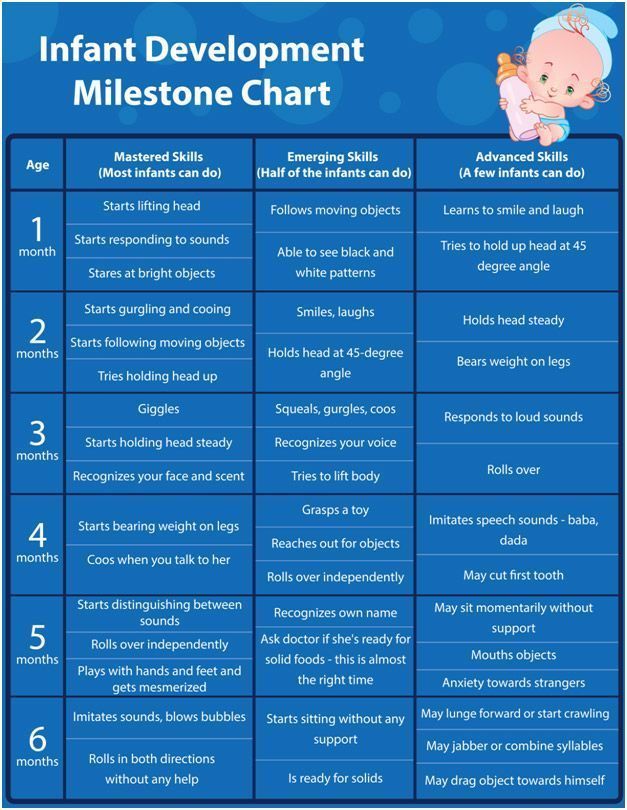 We put it all together so that it is always at hand as questions arise, we turn to this kind of library, we look - this can be replaced with this, let's see if it is really convenient, functional - again, how Rustem said that it is not enough for it to work by itself, it is necessary that it is still convenient to work with it in an enterprise environment, because there are 15,000 computers, 3,000 servers, and running to install something on each ... This is more of an option force majeure, when everything is bad, everything is gone. In everyday life, I want to do it somehow more conveniently. nine0003
We put it all together so that it is always at hand as questions arise, we turn to this kind of library, we look - this can be replaced with this, let's see if it is really convenient, functional - again, how Rustem said that it is not enough for it to work by itself, it is necessary that it is still convenient to work with it in an enterprise environment, because there are 15,000 computers, 3,000 servers, and running to install something on each ... This is more of an option force majeure, when everything is bad, everything is gone. In everyday life, I want to do it somehow more conveniently. nine0003
From the point of view of collecting information, it sounds so easy - to make a library, look, compare. In fact, these are very large company resources and human resources. Can you advise how to organize the work on finding partners and replacements. What is the best way to do this?
Rustem Khairetdinov: “If we are in the old paradigm, then we really will now run into the fact that we will replace something with crutches and then quietly reach them.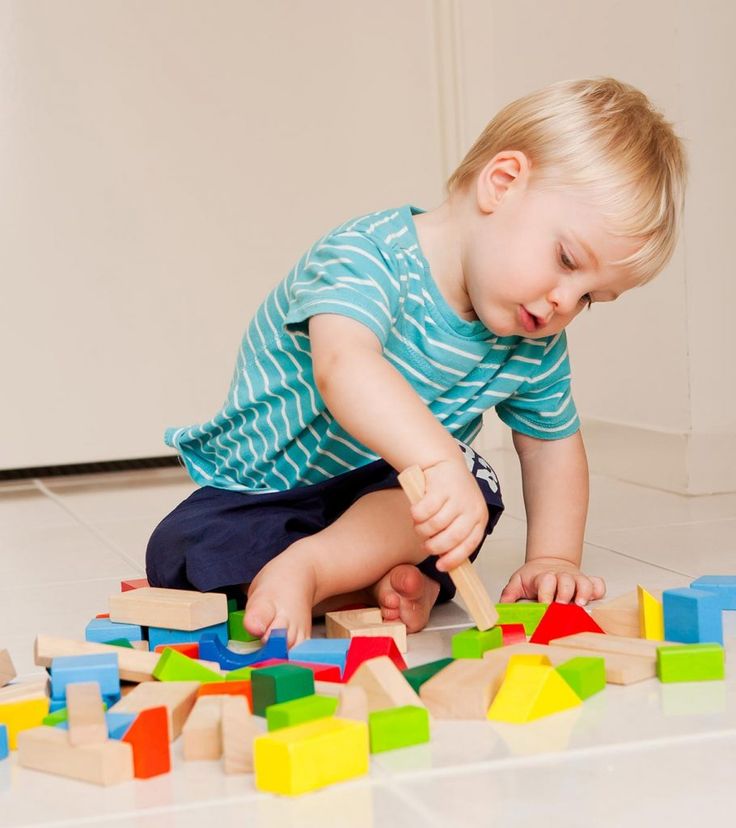 But there are ways if there is no infrastructure of your own. Why look for it when there are people who thought about it, bought in advance, or know the supply channels. And they are not going to resell it, they are just going to build up their data centers and provide services. nine0003
But there are ways if there is no infrastructure of your own. Why look for it when there are people who thought about it, bought in advance, or know the supply channels. And they are not going to resell it, they are just going to build up their data centers and provide services. nine0003
And it seems to me that today's shortage will push a lot of people towards the service model. If earlier people were a little afraid to give their data somewhere, now the alternative is very sad. It seems to me that if there is an opportunity to give something to the cloud - and now there are certified clouds - and there, if you want, choose according to critical infrastructure, if you want - according to personal data. Now all this is. Yandex has it all, Sberbank has it, other cloud players, MTS, for example. That is, there is a choice. And while their containers are not filled, you can normally settle there. Especially since they haven't really raised their prices yet. nine0003
I think that there will be Kazakh or Uzbek servers.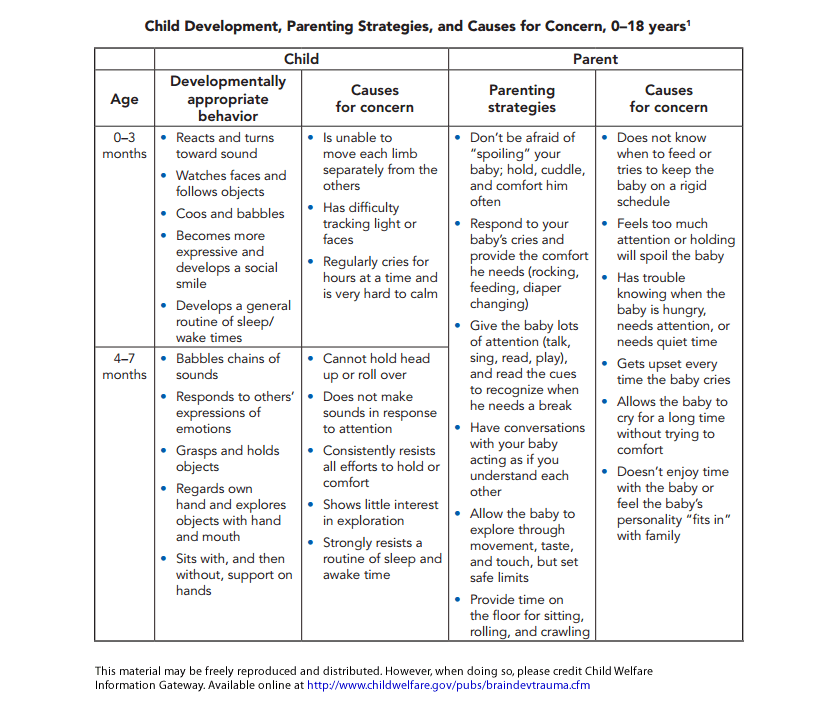 The market is designed in such a way that if there is a shortage, then there are people who will take risks in order to make money on it. It's just going to be really stormy for a few months now. And then everything will settle down, new supply chains will appear, old manufacturers who have left the Russian market will come to it through other CIS countries.”
The market is designed in such a way that if there is a shortage, then there are people who will take risks in order to make money on it. It's just going to be really stormy for a few months now. And then everything will settle down, new supply chains will appear, old manufacturers who have left the Russian market will come to it through other CIS countries.”
A few words about messengers in terms of cybersecurity, for example, what can you say about Telegram, because it is widely used in government agencies and federal institutions. nine0003
Rustem Khairetdinov: “Yes, the entire cybersecurity headquarters is on Telegram. In general, I treat messengers as if everything that you wrote there will become known. That is, if you post something in the messenger, be prepared for someone to publish a screenshot or something else. Therefore, we are not using any super secure Russian messenger yet. Honestly, I'll tell you that the headquarters uses Telegram.
We don't use WhatsApp.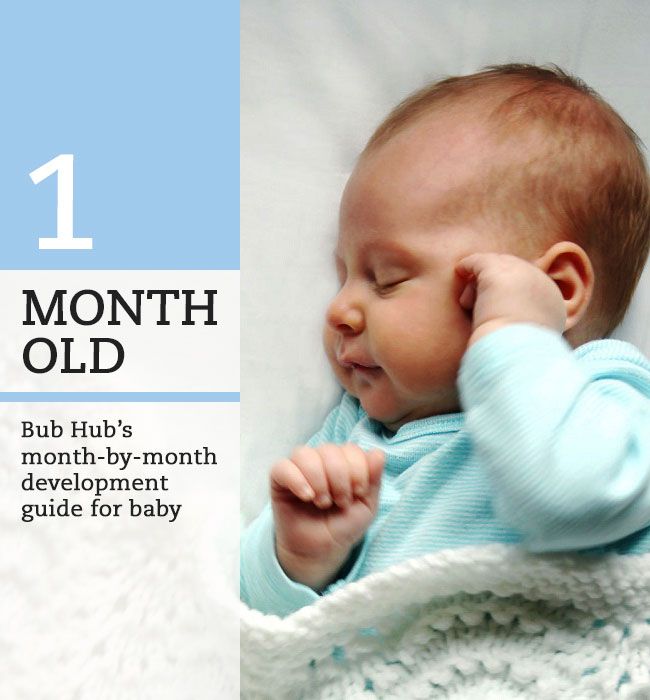 All adults left WhatsApp, there were house chats, school chats.” nine0003
All adults left WhatsApp, there were house chats, school chats.” nine0003
Andrey Nuikin: “The situation is the same as with Viber: then everyone left Viber for WhatsApp, and now they leave WhatsApp for Telegram and other messengers, for example, Signal.”
Rustem Khairetdinov: “Yes! A lot of people I know have moved to Signal, even moved to ICQ. Several chats in "ICQ". By the way, it is technically no worse. It even supports video conferences for up to 16 people with one button. Demand has appeared, I think that now everyone will catch up. I have 10 instant messengers on my phone. Including a very exotic one." nine0003
In conclusion, perhaps the last question: what do you consider the most important now? What is the number one thing to do now in terms of information security?
Andrey Nuikin: “Don't panic, first of all. And soberly assess all the risks, build your work based on these risks, because if now, roughly speaking, you run in the mode of a scalded cat: “Let's urgently buy Russian firewalls, antiviruses” and so on, then you will simply spend a lot money, effort, means, but the effect . .. Well, probably, there will be some kind of cumulative result, but it seems to me that now, on the contrary, we need to evaluate it very calmly, soberly. nine0003
.. Well, probably, there will be some kind of cumulative result, but it seems to me that now, on the contrary, we need to evaluate it very calmly, soberly. nine0003
That is, if it works, there is time to study. It’s better to spend this time studying and then meaningfully, purposefully understand how it fits into the infrastructure, how it fits into the strategy, and then migrate accordingly.”
Rustem Khairetdinov: “Stop planning for a long time. I threw out all my plans from a month ago, they are very funny now. When it is impossible to predict the situation and build normal scenarios, you only need to reserve. nine0002 You simply react to events and have reserves in case, so that they can be transferred from one place to another. And I agree that there is no need to panic. What's good about security: a lot of people, one way or another, went through the school of either the military or the special services. That is, in principle, they are ready for both stress and overtime - we were taught that.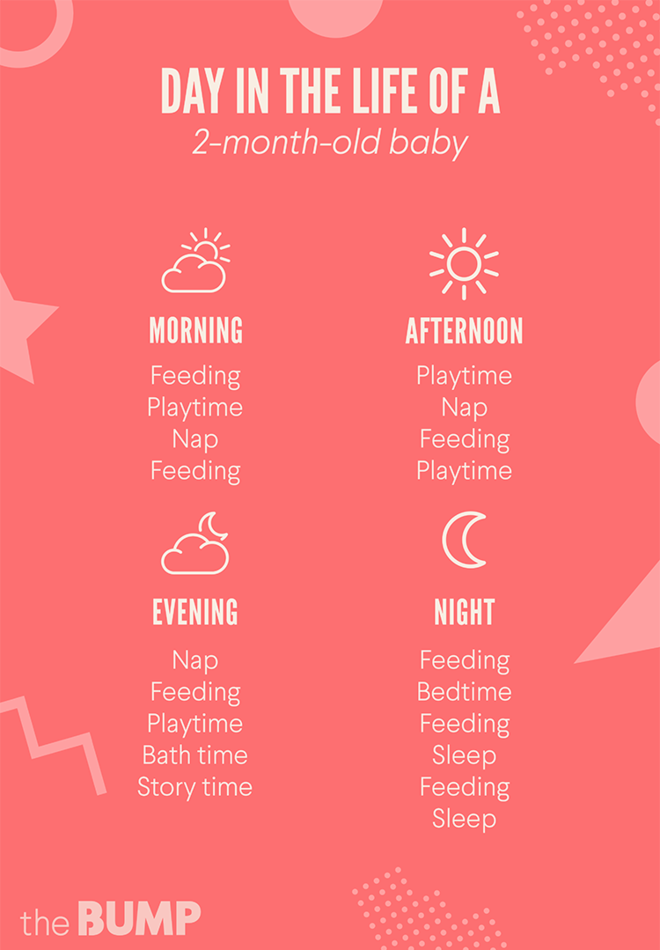 In this sense, we are psychologically more stable than IT people.”
In this sense, we are psychologically more stable than IT people.”
Here I want to briefly describe the traditional IT infrastructure architecture for database fault tolerance and the development scheme that uses this architecture. And to dwell in more detail on how you can simplify the life of testers and developers using FlexClone technology, who use a database or any other large data set necessary for testing and development.
The traditional approach is to create a database cluster: primary and secondary. Further, from time to time this database (as a rule, on the Stand-By side) is copied for developers. And the larger such a database, the less often it is copied and deleted, and the more the storage system is loaded from such operations.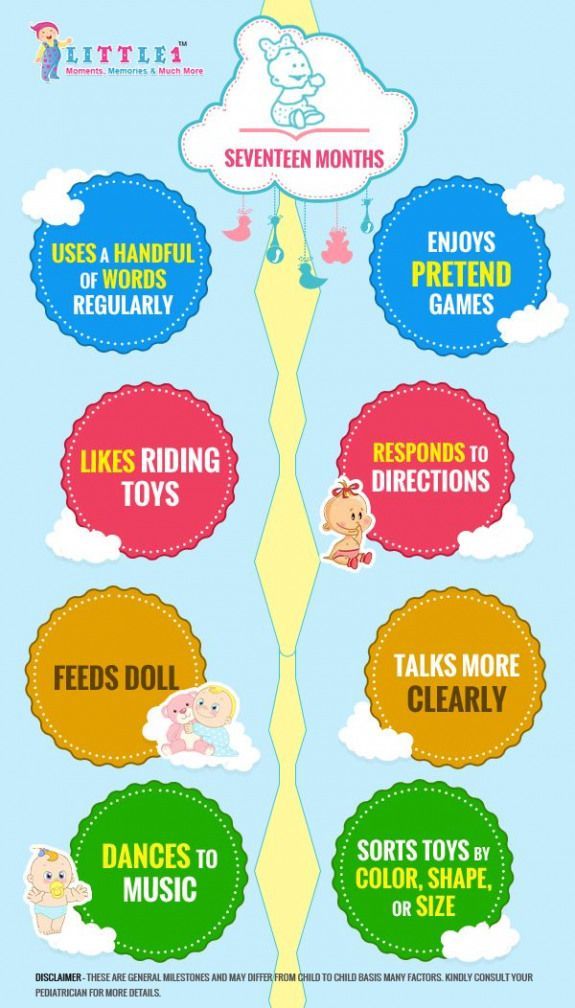 On the other hand, developers and testers get an outdated database, which is usually a month or even six months old. When it comes time to implement the debugged code into production, it turns out that the database has changed a lot: new additional data, tables, fields have appeared, and the old ones may have been deleted. This leads to the fact that the debugged code for the old database does not work on the new one, which greatly complicates the development, testing, implementation and operation of the new code. nine0003
On the other hand, developers and testers get an outdated database, which is usually a month or even six months old. When it comes time to implement the debugged code into production, it turns out that the database has changed a lot: new additional data, tables, fields have appeared, and the old ones may have been deleted. This leads to the fact that the debugged code for the old database does not work on the new one, which greatly complicates the development, testing, implementation and operation of the new code. nine0003
FlexClone is a more efficient way to run Test/Dev with large databases
FlexClone technology allows you to create thin clones based on NetApp snapshots that do not affect system performance. Clones can be removed a lot and very often, right in the middle of the working day. Thanks to this simple phenomenon, the life of testers and developers is greatly simplified, and the quality of the code is increased.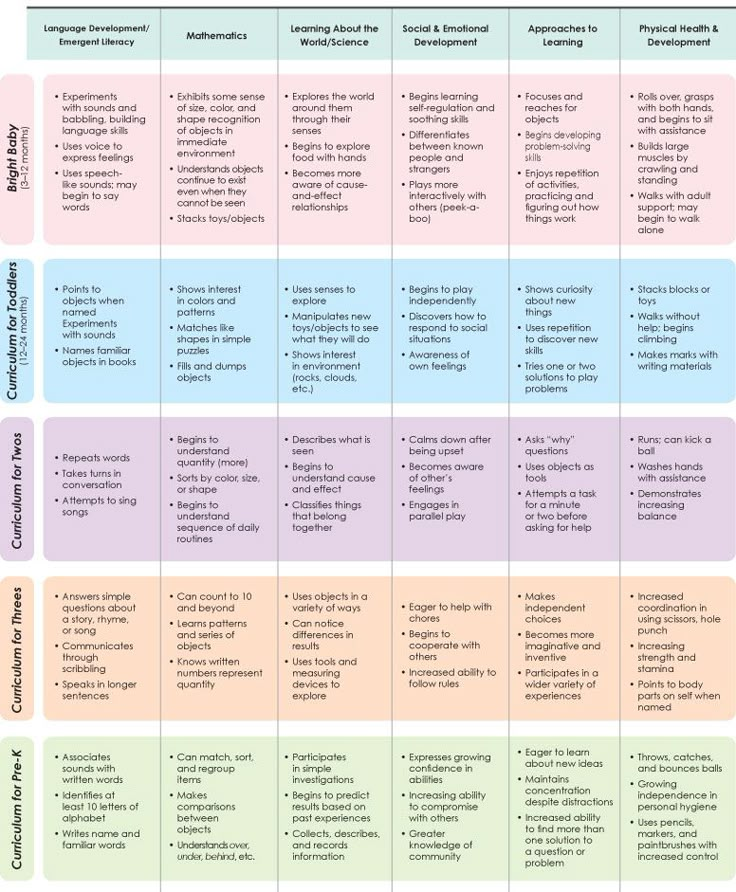 This fits into an approach that is gaining popularity called Copy Data Management (CDM), which is designed to use one data set for several tasks at once. The approach is convenient due to the fact that:
This fits into an approach that is gaining popularity called Copy Data Management (CDM), which is designed to use one data set for several tasks at once. The approach is convenient due to the fact that:
- QoS can be slaughtered on a thin clone (this does not apply to Space Reclamation when using UNMAP)
- It does not take anything, over time it will only take changes, and since it is more readable, there will not be many changes
- The FullBackup copy process will not load the disk subsystem.
- Removes instantly, doesn't take long hours
- Testers get the most up-to-date data much more often and are better able to debug their code on up-to-date (rather than heavily outdated) data. Which is very important for speeding up and improving the quality of code debugging. nine0122
- This is easy to automate using the Consistent Snapshot Software
What do you need?
- FlexClone license;
— Locate Prod or Stend-By on a storage system with ONTAP firmware (ONTAP Select/ONTAP Cloud/on NetApp FAS platform) in order to perform thin database cloning using FlexClone technology;
- A product that allows you to integrate a database with Hardware-Assistant NetApp snapshots to achieve consistency, from which clones will then be created:
Automation and consistency software
The products described below perform backups and each of them can create consistent snapshots from the point of view of the software.
- SnapCreator is free, but it will need to be modified with a script to be able to freeze the database and take a snapshot
- NetApp SnapCenter is a paid product that fully automates the cloning process and provides a user-friendly GUI
- Commvault Simpana is a paid backup product. Everything is the same as SnapCenter, only with bells and whistles such as cataloging and archiving to tape. nine0122
- Other third-party products (Symantec, Veeam, Syncsort, EMC Networker, HP DataProtector, IBM Tivoli, Acronis, etc.) that can integrate with the database and NetApp ONTAP to take a Hardware-Assistant Snapshot.
- If you remove the clone from Stand-By, you can stop the database for a while (then take a NetApp snapshot to achieve consistency) and start it again, then you won’t need software to take consistent snapshots, without writing a script to interact with the database nine0133
- ONTAP (cDOT) 8.2 or later
- NetApp Manageability Software Development Kit (NMSDK) 5.3.x or later
The operations of taking consistent snapshots (see the list above), cloning and connecting to the database can be easily automated by providing them as a service for the Test / Dev department using the web interface of the free Workflow Automation.
CodeEasy FlexClone Toolkit
CodeEasy is a set of scripts and methodology for DevOps that uses NetApp technologies such as Snapshot and FlexClone to reduce testing and development time. CodeEasy Toolkit scripts use the NetApp Manageability SDK to automate the workspace preparation steps for developers and testers, which allows them to be used with no changes at all or with minimal settings. nine0003
System requirements:
Download CodeEasy FlexClone Toolkit.
NetApp-PowerShell Commandlets
For Windows machines, the NetApp PowerShell Toolkit is available, which will allow you to create NetApp management scripts.
NetApp Docker integration
NetApp Docker Volume Plugin (nDVP) provides connectivity between Docker and NetApp storage systems (ONTAP, SolidFire and E-Series) to create and attach persistent storage inside containers.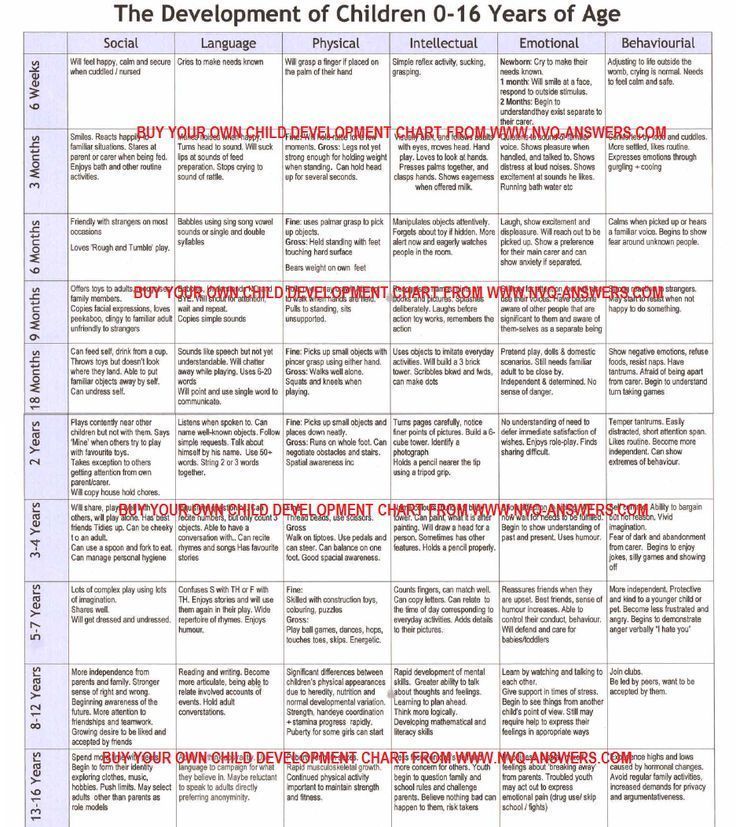 This topic deserves special attention and will be described in one of the following articles. nine0003
This topic deserves special attention and will be described in one of the following articles. nine0003
Backup
FlexClone is also very commonly used in backup environments to test the health of backups. So many backup software allow you to automate this process. For example, Veeam On-Demand Sandbox integrates with ONTAP and, thanks to the use of FlexClone, allows you to instantly create a clone from a virtual machine of any size without affecting the backup, run the clone and test its health and recoverability. nine0003
Workflow Automation (WFA)
Workflow Automation is a free graphical utility available for Windows and Linux that allows you to create task sets or bundles to automate ONTAP management processes. For example, through it, you can configure cloning of volumes or moons, transfer them to a test SVM, create new file balls or iGroups, add cloned volumes and new initiator hosts from the test site, raise new LIF interfaces. And after a temporary break in the replication relationship, to clone the data, restore it back - and all this is almost one click away. WFA also provides the ability to manage through PowerShell and Perl scripts, as well as through the REST API. nine0003
And after a temporary break in the replication relationship, to clone the data, restore it back - and all this is almost one click away. WFA also provides the ability to manage through PowerShell and Perl scripts, as well as through the REST API. nine0003
Server virtualization and VDI
NetApp's FlexClone technology also finds its way into virtualization environments, enabling rapid deployment of virtual machine clones through integration with the world's leading hypervisor vendors. This way, you can deploy thousands of virtual machines in minutes without having performance issues (as in the case of VMware Virtual Disk Thing Provisioning, VMware COW Snapshots, or Linked Clone).
Capacity
It is important to note that the FlexClone technology not only significantly speeds up the deployment of large databases or a large amount of any other data, dramatically reducing disk space consumption, but also indirectly speeds up their work.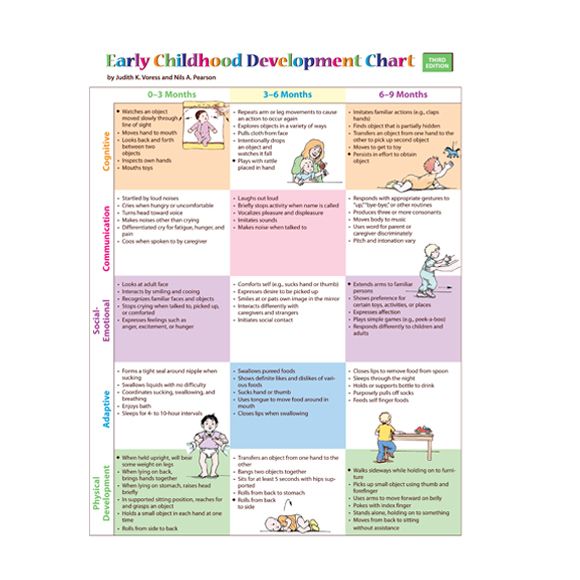 Cloning essentially performs a function similar to deduplication, i.e. reduces the amount of space occupied. The fact is that NetApp FAS storage always places data in the system cache, and the system and SSD caches, in turn, are Dedup-Aware, i.e. they don't pull in duplicate blocks that are already there, so both caches logically hold a lot more data than they physically can. This greatly improves performance during the operation of the storage system, and especially during Boot-Storm moments due to the increase in getting / reading data to / from the cache (a). nine0003
Cloning essentially performs a function similar to deduplication, i.e. reduces the amount of space occupied. The fact is that NetApp FAS storage always places data in the system cache, and the system and SSD caches, in turn, are Dedup-Aware, i.e. they don't pull in duplicate blocks that are already there, so both caches logically hold a lot more data than they physically can. This greatly improves performance during the operation of the storage system, and especially during Boot-Storm moments due to the increase in getting / reading data to / from the cache (a). nine0003
Additional use cases
Besides testing/development, thin cloning can find other uses. For example, sometimes it makes sense to divide data access into tasks with different priorities. Cloning technology perfectly complements the SnapMirror replication functionality, when the DR site is used not only as a backup in case of an accident, but also as a development environment (clone Data Protection volume).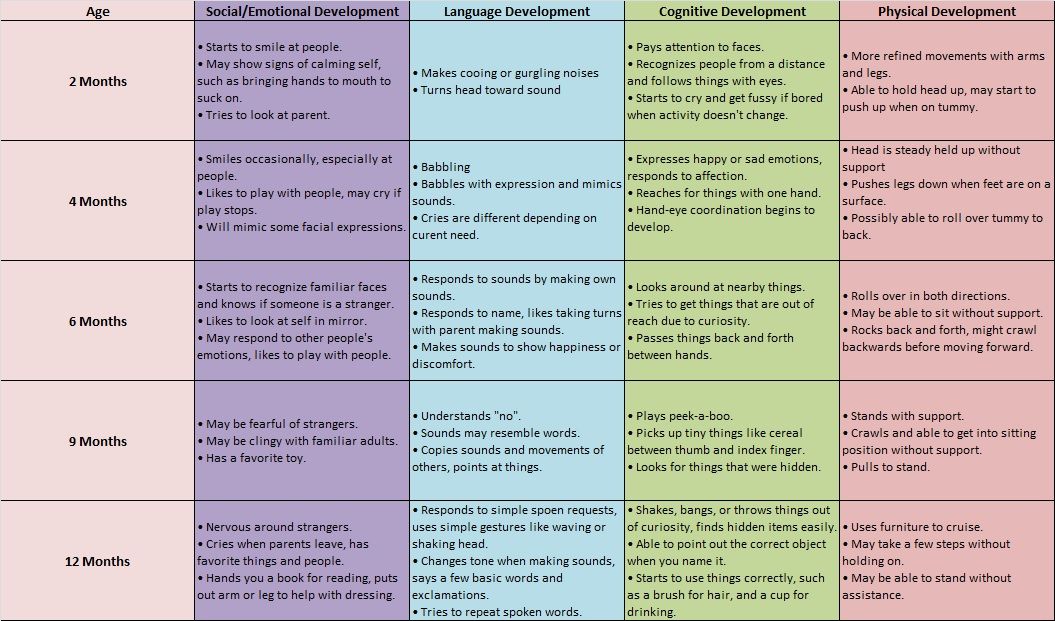
Transactions VS Reports
An example would be a database that is used as a transactional database, and on a monthly or quarterly basis, it is also used to build reports. Transactions usually generate small, random read / write operations, such operations can be cached very successfully and must be performed with a low response speed (usually no higher than 10ms). On the other hand, there are reports that generate large sequential reads, and when saving the results, writes (they are usually much smaller, for example 10%). Reports are built once a month, quarter or year, they can be collected during the whole day and there is no fundamental difference if they were collected not in a day, but, for example, in three days. nine0003
So, if reports are added to transactions, then transactions can suffer greatly, despite the fact that if reports are late for an hour or a day, it does not matter. This results in a very unfair distribution of resources. This is where FlexClone, QoS and caching policies can come to the rescue:
This is where FlexClone, QoS and caching policies can come to the rescue:
You can create a thin clone, slaughter MB / s on it, for example, 3 times less than if reports were run without restrictions, change caching policies and get three times less impact on the disk subsystem, and 3 times more report generation time (which is usually quite acceptable). And all these processes on the storage system can be automated using the free NetApp Workflow Automation software. nine0003
The same can be applied in the scheme when the clone is removed from Stand-By in the database cluster: although it is not directly loaded with productive transactions, it still has to keep up with the changes from the main database. And in order not to slow it down, it is again convenient to use FlexClone and QoS.
These tasks are fairly easy to automate using paid or free software.
Terminals
FlexClone technology allows not only better use of storage resources (both in terms of performance and space), but also significantly accelerates business processes of companies, speeding up and simplifying the process of developing and debugging new code.